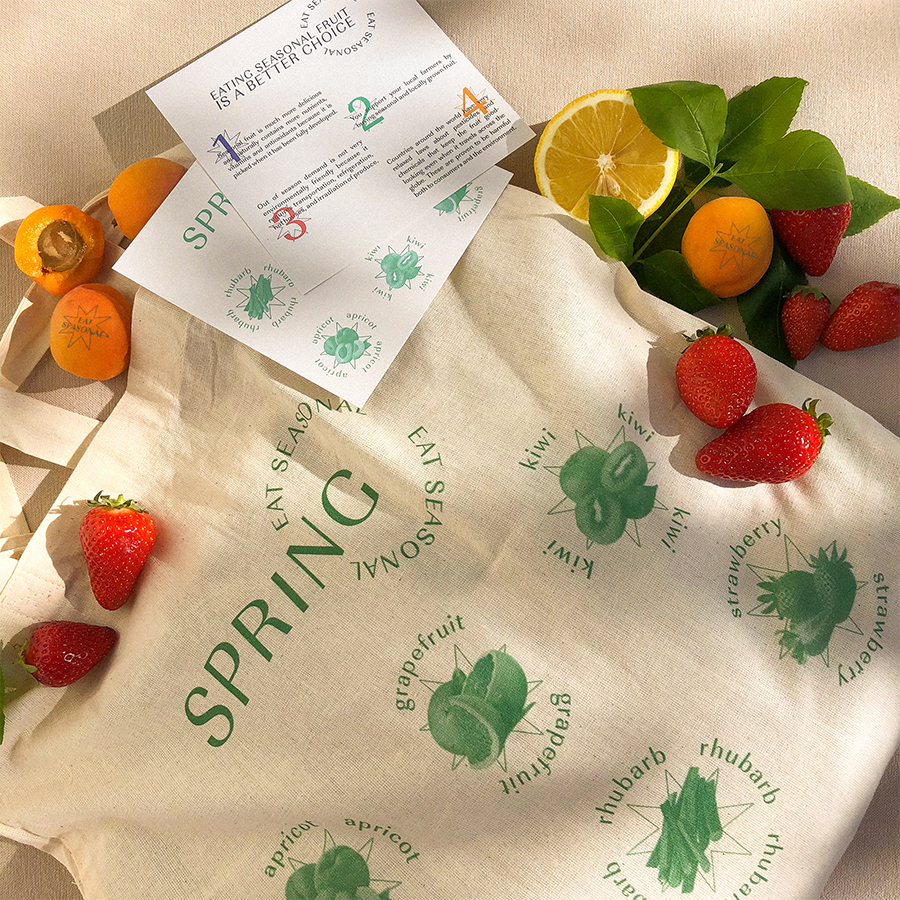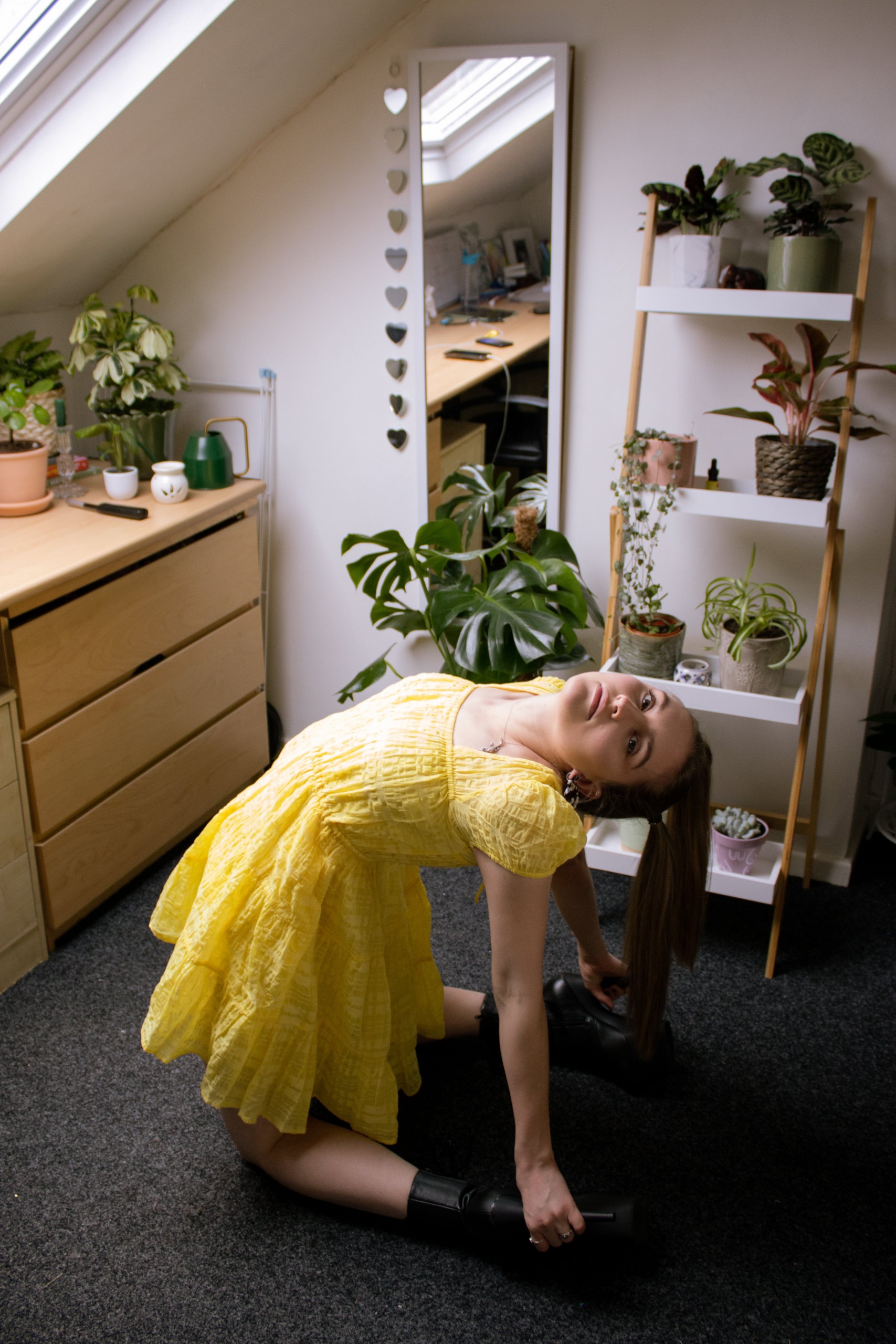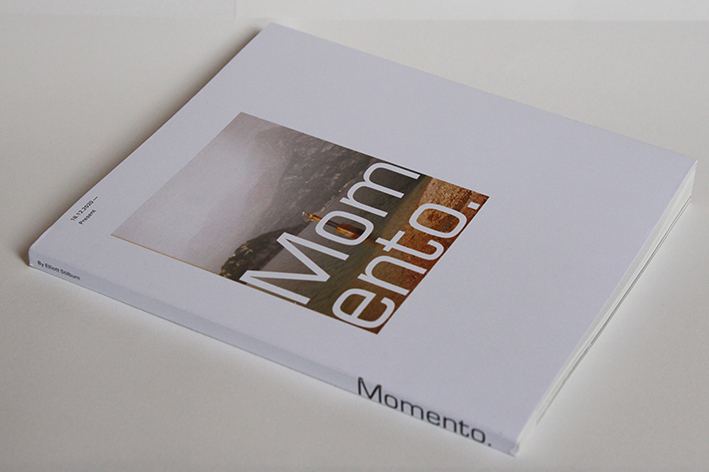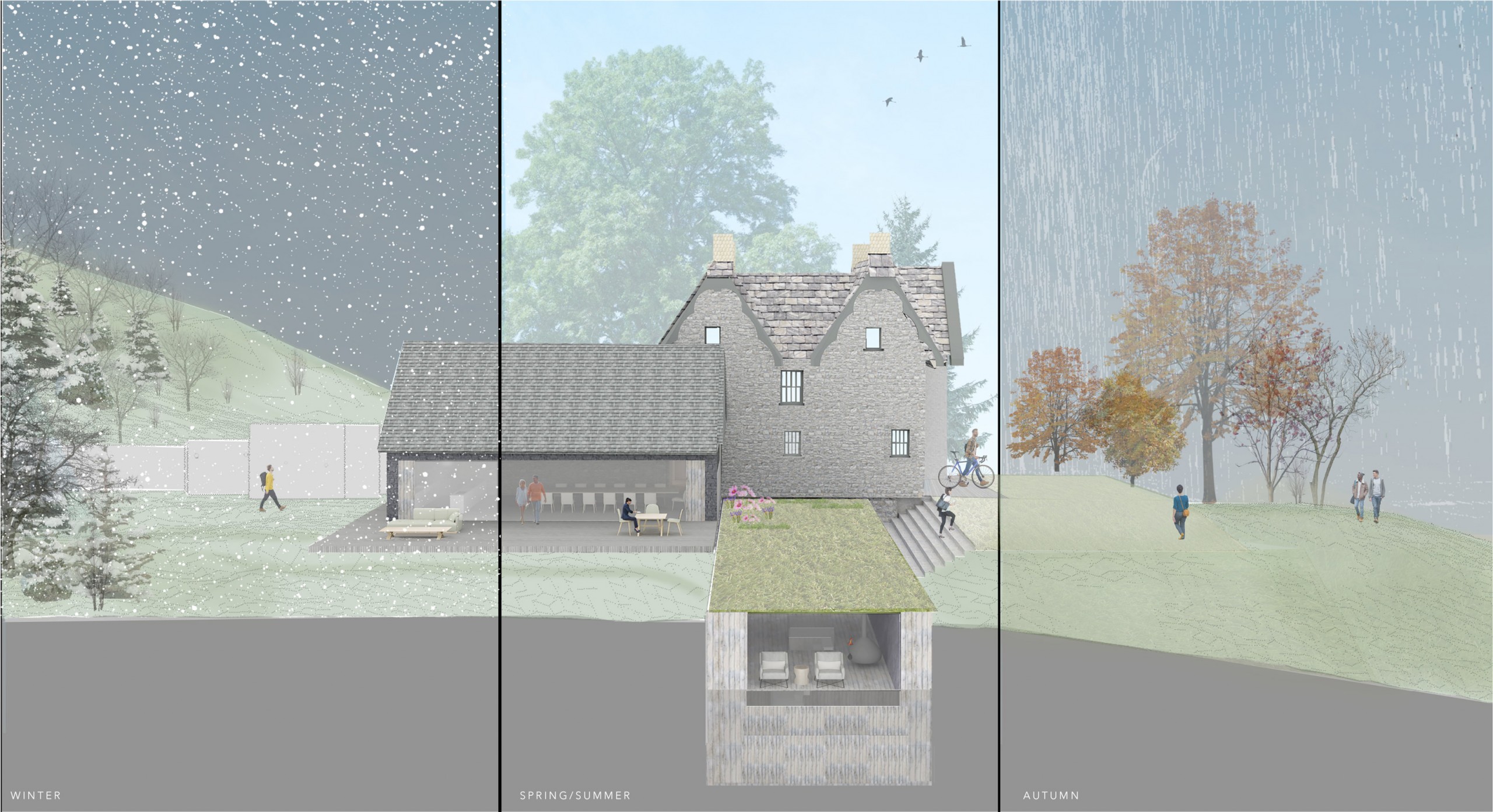
These graduating artists and designers have sought out real problems and provided real answers. They have (inevitably) considered the impact of the Covid-19 pandemic on our lives and asked how we might re-imagine our world as we start to emerge from lockdown, but they’ve also tackled the lack of clean water in the global south, sought to imagine better ways of mobility for older adults and improved data systems for charities working with vulnerable young people. Many have explored representation and visibility – from disability in the fashion industry or of hidden human rights abuses abroad. Others have simply made beautiful new things that make the world better just by being. Some of these solutions might go on to gain a place in production – if not immediately (although many, through work placements and professional exhibitions are already out there in the world), then resurfaced as knowledge in future designs, artworks, products or services.
Thus the degree show also signals a coming apart, the end of a trajectory which passes through careful, timetabled study and rigorous studio testing as ideas and people find a place and means to act on the world. More literally, these artists and designers are moving from education into professional life, perhaps packing up and leaving one place for another.
Between these two forces, the coming together and the coming apart is a gap, an indescribable moment where we find our exhibition. Here ideas and disciplines, people and objects, past and future come together and pull apart; a celebration of achievement, a map of what comes next.
Tim Machin is Sheffield Hallam University’s Gallery Manager



































